How to use a helium mass spectrometer leak detector to detect leaks in graphite heat exchangers? Come and learn!
Date:2023-05-31 Views:1575
Graphite heat exchangers are usually used in chemical processes under special conditions such as high temperature, high pressure, strong corrosiveness, and explosiveness. It is necessary to ensure that there is no internal leakage to ensure the safety and normal operation of the chemical process. Helium mass spectrometry leak detection is a very sensitive detection method that can detect tiny gas leaks. Therefore, using helium mass spectrometry leak detection in graphite heat exchangers can effectively find and locate leakage points, take timely measures for repair, and avoid the expansion of leaks or the occurrence of accidents.
In chemical processes, the leakage of liquids or gases often generates colorless and odorless toxic and harmful gases, such as benzene, ammonia, etc. These gases pose a serious threat to human health. Therefore, using helium mass spectrometry leak detection can not only improve the operational safety of graphite heat exchangers but also play an environmental protection role by reducing environmental pollution.
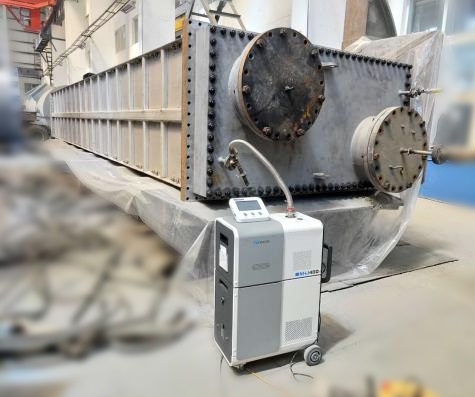
Overall, it is very necessary to conduct helium mass spectrometry leak detection on graphite heat exchangers, which can effectively improve their safety and reliability and also reduce the negative impact on the environment.
A helium mass spectrometer leak detector is a highly sensitive detection device, which is commonly used to detect leaks in closed containers and pipelines. Its principle is based on mass spectrometry technology, and it determines whether there is gas leakage in the detected object by monitoring ions with different mass-to-charge ratios.
When detecting a graphite heat exchanger, first, the graphite heat exchanger needs to be connected to the helium mass spectrometer leak detector, and it is necessary to ensure that all connection parts are intact.
Then, inject helium into the graphite heat exchanger and evacuate it to ensure that only helium molecules exist inside the graphite heat exchanger.
Next, turn on the helium mass spectrometer leak detector and adjust its parameters, such as the scanning rate and detection range. When helium leaks from the leakage point of the graphite heat exchanger to the outside, the helium mass spectrometer leak detector will sense the presence of helium molecules and send out a signal to indicate the leakage situation.
Finally, according to the detection results, repair or replace the leakage point to ensure the normal operation of the graphite heat exchanger.
In conclusion, the process of using a helium mass spectrometer leak detector to detect a graphite heat exchanger mainly involves injecting helium and evacuating, then turning on the detection device to obtain the detection results, and finally repairing or replacing the leakage point.


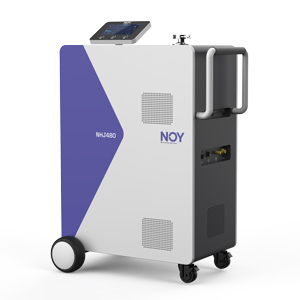
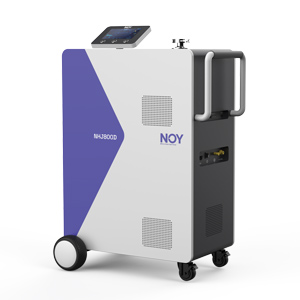
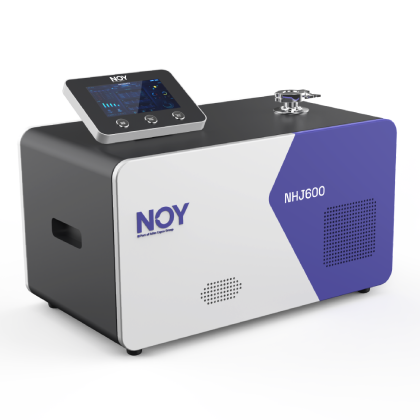
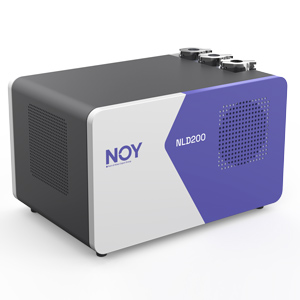
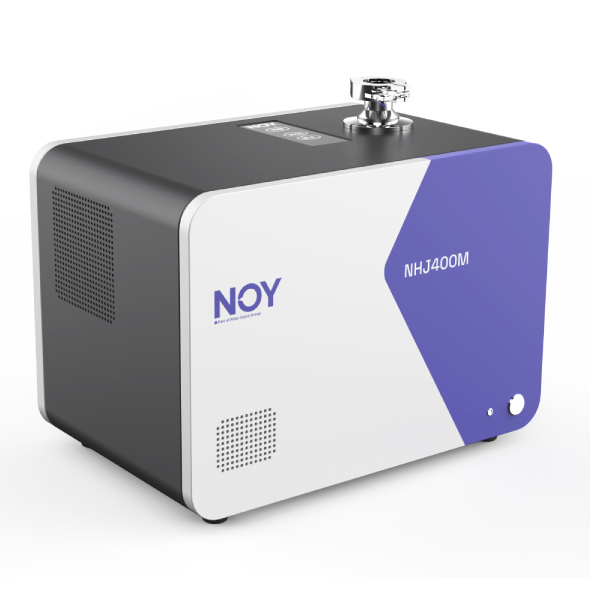
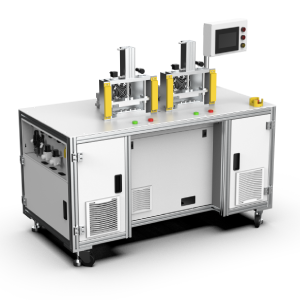

 Public Security Network Security Record in Anhui Province No. 34010302001915
Public Security Network Security Record in Anhui Province No. 34010302001915